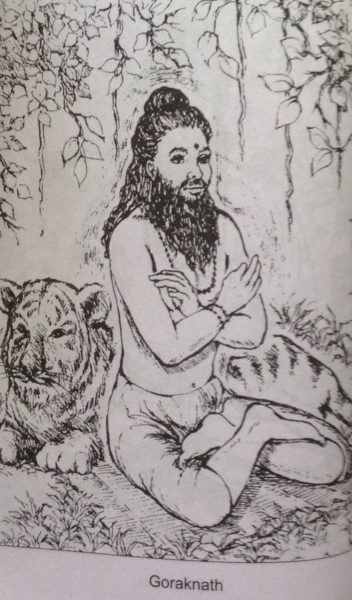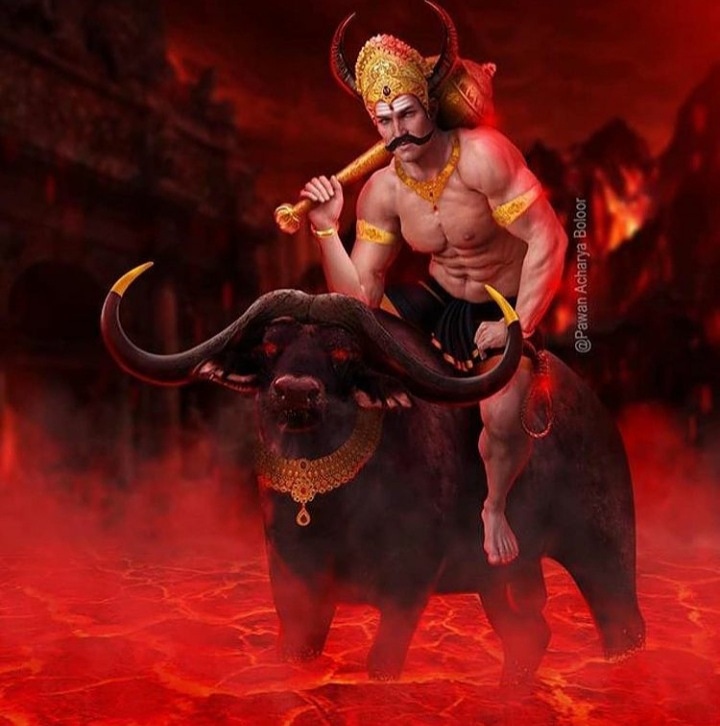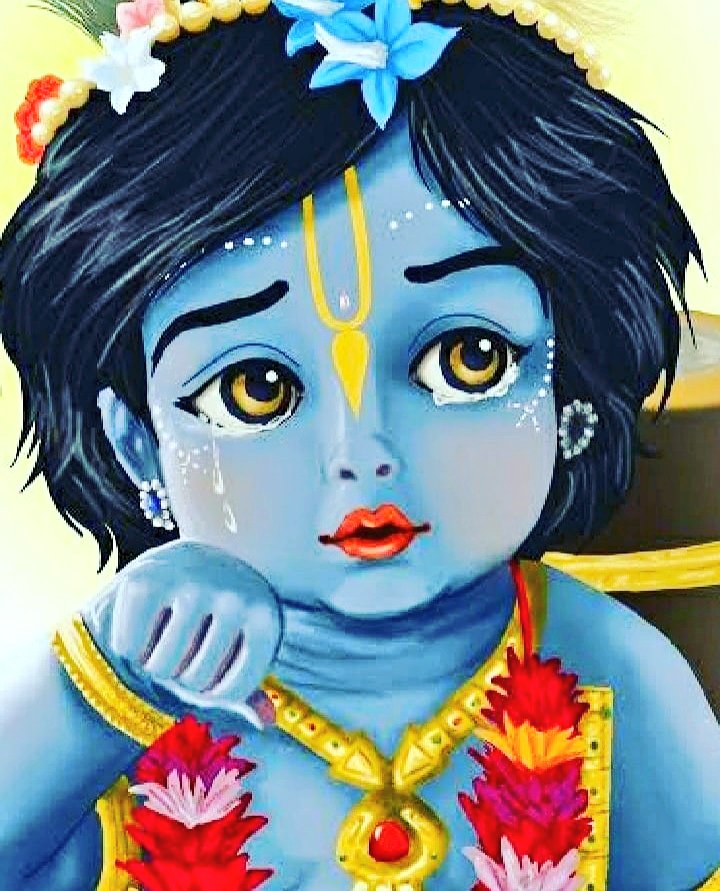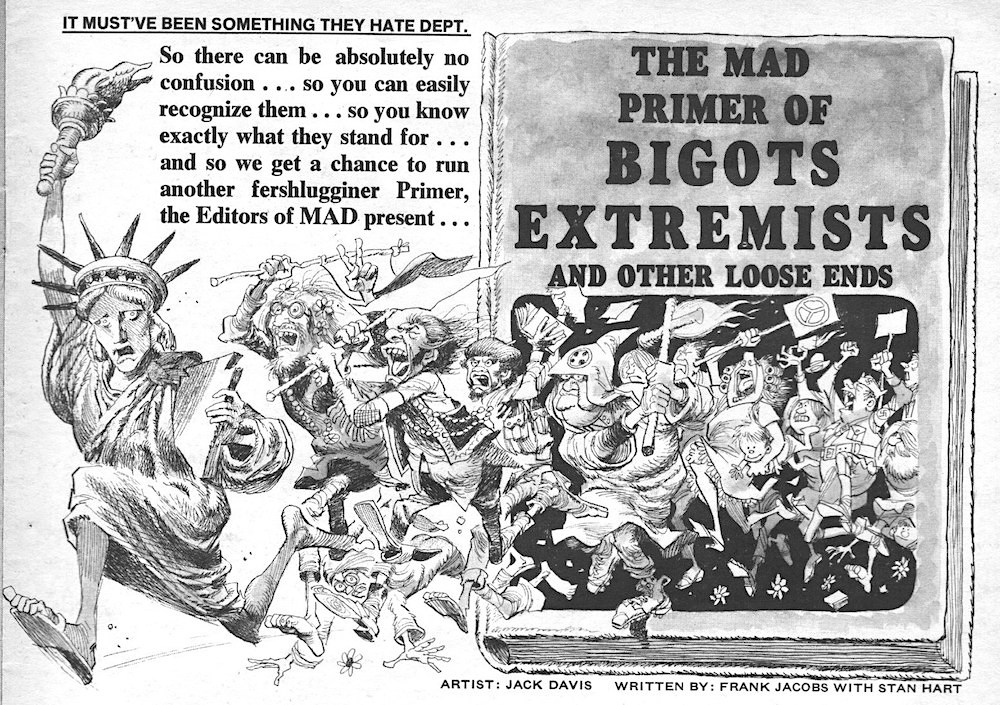
Hinduism is a minority religion in Punjab.
During the Khalistan movement, the minority Hindus and Jains were subjected to several attacks. Hindu and Jain temples were frequently vandalized and desecrated. This thread documents a few instances.
Thread

According to the regional Hindu tradition recorded in the "Survey of Amritsar", Amritsar got its name from Amrit immersed by Lava and Kusha in a pond.

It was used to house the Murtis of Vishnu and Durga which were thrown out from the Parikrama of Harmandir Sahib in 1905.
Because of its presence in Amritsar, it became a frequent target of radicals during the Khalistan movement.








Coins of ancient Yaudheyas dating back to 100 BC have been found at this ancient temple.
On November 21 1983, two bombs were thrown on this temple. A damaged section was later rebuilt by funds collected from devotees

On May 5, 1984 Jain temple in Amritsar was looted and desecrated.

On February 28 of the same year, another Jain temple was looted.

They bombed Hindu fairs like Shivaratri & Ramnavami where Hindus gathered in large numbers to ensure maximum Hindu kiIIings.
Shivala temple of Amritsar was bombed on Shivaratri

More from Bharadwaj
FAKE quote!
Such a verse is NOT FOUND in any authentic Ravidas Bani.
Nowhere in his poems does Sant Ravidas say "I proclaim all Vedas as worthless".
This is a new scam in the market. Appropriation of Hindu history and Hindu saints by anti Hindus to boost their own legacy.
What Sant Ravidas actually said (when he was asked to convert to Islam by Lodhi):
"The religion of the Vedas is the greatest. It is the treasure trove of matchless knowledge.Why then will I abandon the Vedic Dharmic and read the untrue Quran?"
From Ravidas Ramayana(16th cent):

False quotes denigrating Hinduism are circulated in the name of Sant Ravidas as he was a great Hindu Sant from Dalit background.
This represents a challenge to people who want to spin the caste narrative of opposition of Dalits to Hinduism. They want to break this connection
Such a verse is NOT FOUND in any authentic Ravidas Bani.
Nowhere in his poems does Sant Ravidas say "I proclaim all Vedas as worthless".
This is a new scam in the market. Appropriation of Hindu history and Hindu saints by anti Hindus to boost their own legacy.
I, Ravidas, proclaim all Vedas as worthless...
— Dilip Mandal (@Profdilipmandal) February 27, 2021
Best wishes to all on #HappyRavidasJayanti pic.twitter.com/muJq2k6ox5
What Sant Ravidas actually said (when he was asked to convert to Islam by Lodhi):
"The religion of the Vedas is the greatest. It is the treasure trove of matchless knowledge.Why then will I abandon the Vedic Dharmic and read the untrue Quran?"
From Ravidas Ramayana(16th cent):

False quotes denigrating Hinduism are circulated in the name of Sant Ravidas as he was a great Hindu Sant from Dalit background.
This represents a challenge to people who want to spin the caste narrative of opposition of Dalits to Hinduism. They want to break this connection
The official name of this mosque is "Atala Devi Masjid".
It still stands on the pillars of the Hindu temple that originally stood at this site.
The temple was destroyed and its material was used in the construction of the Mosque. Egyptian?
"The original name of Jaunpur was Yavanapura".
"Even in the 19th century, no Hindu called it by the name 'Jaunpur'".
"The local Sharqi Sultans were great destroyers, and every mosque in Jaunpur was built on an existing Hindu temple"
- Archaeological survey of India report

"There is a Sanskrit inscription dating back to 8th century in the Southern Gate of the Jaunpur's Jami mosque".
"There is at present not ANY trace of old temples standing, for the Muhammadan conquerors did their work of destruction with unusual completeness"
- ASI report

"After destroying Karar Bir temple, Firoz Shah saw Atala Devi temple.
He ordered the temple to be destroyed immediately.
But Hindus violently attacked the workmen & pelted the emperor with stones.
Hindus were initially victorious"
- Tarikh I Jaunpur, translated by Pogson

"But fresh Muslim troops arrived from Jaunpur Capital Zafarabad.
An order for slaughter was issued.
Thousands of Hindu infidels became food to the d0gs of death. The river Gomati ran red with Hindu blo0d. Yet, Hindus did not refrain from fighting" -
Tarikh I Jaunpur

It still stands on the pillars of the Hindu temple that originally stood at this site.
The temple was destroyed and its material was used in the construction of the Mosque. Egyptian?
Jama Masjid of Jaunpur is regarded as an eye-catching, creative and artistic attraction. It is adorned with Egyptian style engravings. The curves and arches are also skillfully decorated with lotus, sunflower and rose motifs.#Jaunpur #UPNahiDekhaTohIndiaNahiDekha #UmmazingUP pic.twitter.com/Pdq8kv9wa0
— UP Tourism (@uptourismgov) October 23, 2020
"The original name of Jaunpur was Yavanapura".
"Even in the 19th century, no Hindu called it by the name 'Jaunpur'".
"The local Sharqi Sultans were great destroyers, and every mosque in Jaunpur was built on an existing Hindu temple"
- Archaeological survey of India report

"There is a Sanskrit inscription dating back to 8th century in the Southern Gate of the Jaunpur's Jami mosque".
"There is at present not ANY trace of old temples standing, for the Muhammadan conquerors did their work of destruction with unusual completeness"
- ASI report

"After destroying Karar Bir temple, Firoz Shah saw Atala Devi temple.
He ordered the temple to be destroyed immediately.
But Hindus violently attacked the workmen & pelted the emperor with stones.
Hindus were initially victorious"
- Tarikh I Jaunpur, translated by Pogson

"But fresh Muslim troops arrived from Jaunpur Capital Zafarabad.
An order for slaughter was issued.
Thousands of Hindu infidels became food to the d0gs of death. The river Gomati ran red with Hindu blo0d. Yet, Hindus did not refrain from fighting" -
Tarikh I Jaunpur

More from Religion
You May Also Like
Krugman is, of course, right about this. BUT, note that universities can do a lot to revitalize declining and rural regions.
See this thing that @lymanstoneky wrote:
And see this thing that I wrote:
And see this book that @JamesFallows wrote:
And see this other thing that I wrote:
One thing I've been noticing about responses to today's column is that many people still don't get how strong the forces behind regional divergence are, and how hard to reverse 1/ https://t.co/Ft2aH1NcQt
— Paul Krugman (@paulkrugman) November 20, 2018
See this thing that @lymanstoneky wrote:
And see this thing that I wrote:
And see this book that @JamesFallows wrote:
And see this other thing that I wrote:
This is NONSENSE. The people who take photos with their books on instagram are known to be voracious readers who graciously take time to review books and recommend them to their followers. Part of their medium is to take elaborate, beautiful photos of books. Die mad, Guardian.
THEY DO READ THEM, YOU JUDGY, RACOON-PICKED TRASH BIN

If you come for Bookstagram, i will fight you.
In appreciation, here are some of my favourite bookstagrams of my books: (photos by lit_nerd37, mybookacademy, bookswrotemystory, and scorpio_books)

Beautifully read: why bookselfies are all over Instagram https://t.co/pBQA3JY0xm
— Guardian Books (@GuardianBooks) October 30, 2018
THEY DO READ THEM, YOU JUDGY, RACOON-PICKED TRASH BIN

If you come for Bookstagram, i will fight you.
In appreciation, here are some of my favourite bookstagrams of my books: (photos by lit_nerd37, mybookacademy, bookswrotemystory, and scorpio_books)
































